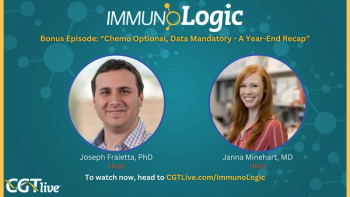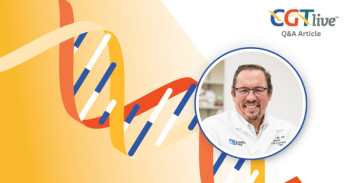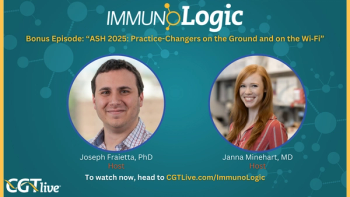
Electrotransfection: A Different Approach to Plasmid Delivery
The chief scientific officer and chief medical officer at Eyevensys discuss the biotech company's pipeline and approach to gene therapy.
“We already conducted one clinical trial with the plasmid candidate EYS606 which was plasmid coding for TNF protein for the treatment of the noninfectious uveitis. That allowed us to show the safety of the technology platform in patients which was very important. That was the first time the technology was applied to patients. So that was an important milestone for the company. And we proved that the technology was safe after single and repeated administration in patients.”
One of Eyevensys’s nonviral gene therapy sustained drug-delivery products, EYS809, may
DNA plasmids are delivered via electrotransfection rather than viral vectors, which may be advantageous as there is no need for subretinal surgery, easy delivery, and no immunogenicity related to the vector. Dosing can be repeated to extend treatment effect and the relatively unlimited cargo capacity allows for the delivery of 2 therapeutic proteins.
GeneTherapyLive spoke with Thierry Bordet, PhD, chief scientific officer of Eyevensys, and Ronald Buggage, MD, chief medical officer of Eyevensys, to learn more about the company’s drug development pipeline. They also discussed how their approach differentiates them from other gene therapy companies.
Newsletter
Stay at the forefront of cutting-edge science with CGT—your direct line to expert insights, breakthrough data, and real-time coverage of the latest advancements in cell and gene therapy.





































